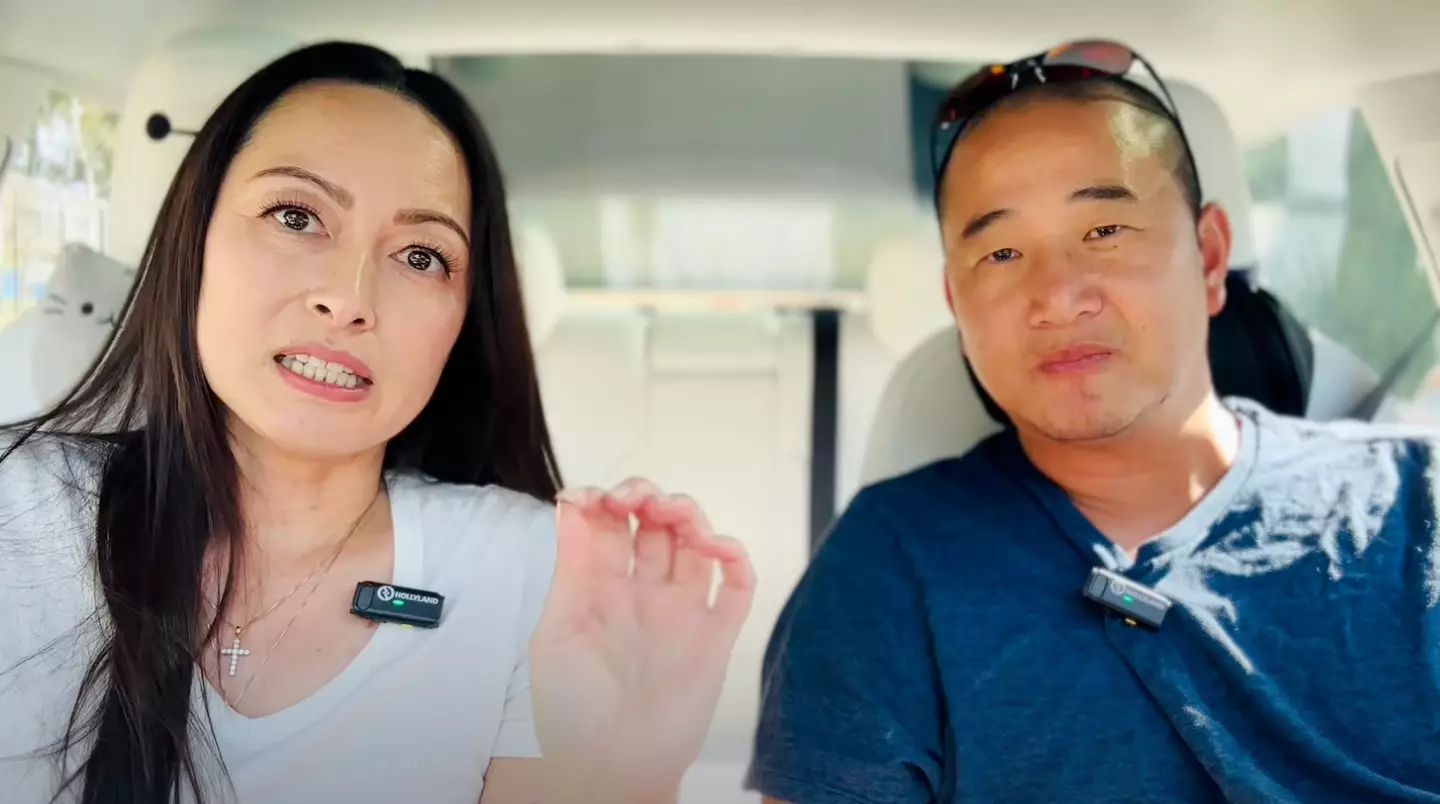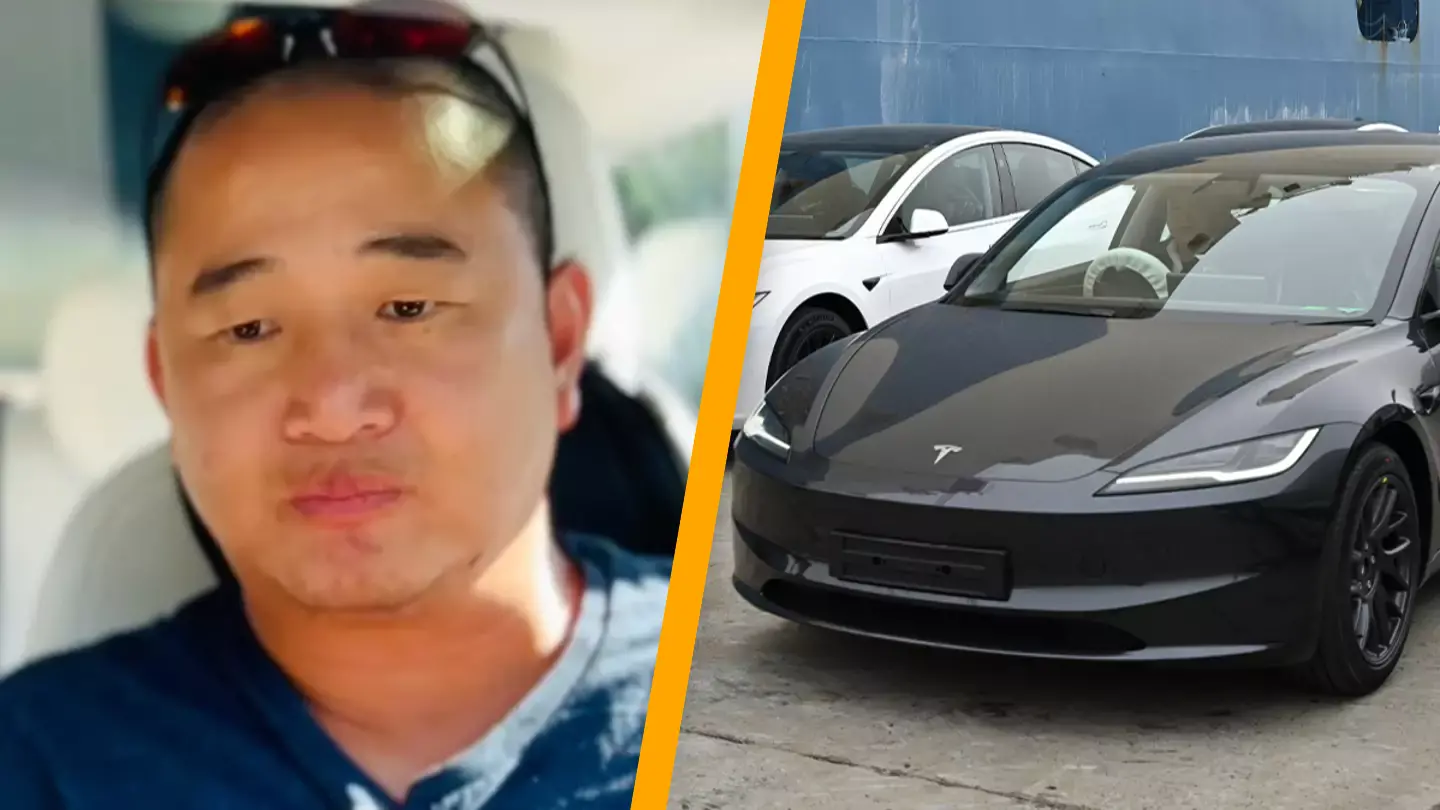A man challenged the endurance of his 2018 Tesla by clocking nearly 155,000 miles within a span of just under five years.
The Federal Highway Administration notes that, on average, a person in the United States drives approximately 13,500 miles annually.
The 2022 report also indicated that individuals between 35 to 54 years of age are the most frequent travelers. Additionally, men accumulate about 6,000 more miles each year on their odometers than women.
This individual, however, surpassed the typical mileage, covering an impressive total of 154,565 miles in less than five years.
With this achievement in mind, YouTuber Tesla Joy, who is acquainted with Lawrence, the Tesla owner in question, interviewed him to assess the impact of this extensive mileage on the electric vehicle’s battery life.
Based on information gathered from his Tesla management app Tessie, Lawrence speculated that his car battery experienced a degradation ranging from eight to 11 percent, a process where the capacity of a battery to store and deliver energy gradually diminishes.
Despite this, Lawrence maintained that he doesn’t really notice any difference unless he’s actively monitoring it.

In their conversation, the pair also talked about Tesla’s Superchargers, as Lawrence depended on them for charging due to the lack of a home charging station.
While a Supercharger can recharge a car in under 30 minutes, the Type 2 chargers, commonly used by many, may require several hours.
There have been concerns that frequent use of Superchargers could adversely affect a Tesla’s battery, but Lawrence expressed that he doesn’t believe this to be true.
Although it’s recommended to service a car every 12,000 miles or annually, Lawrence confessed that he delayed servicing until the vehicle reached 145,000 miles.
Regarding his decision to postpone, he remarked that he “wanted to see how far the car would go before something broke.”
Ultimately, Lawrence had to replace the charging socket, which cost him $600, as well as the 12V battery priced at $125.
Moreover, he spent “a few hundred bucks” on replacing the upper control arms, culminating in approximately $1,000 on car maintenance.
In conclusion, Lawrence expressed satisfaction with his vehicle and its performance quality.
“It’s incredible because I still love this car,” he stated. “I still remember the day I drove it off the Tesla lot and the feeling of the pedals and everything, and I feel like it’s 100 percent – maybe 99 percent, something like that – similar.”
A truly positive appraisal, indeed.

